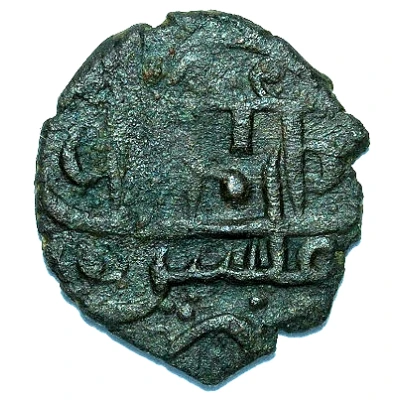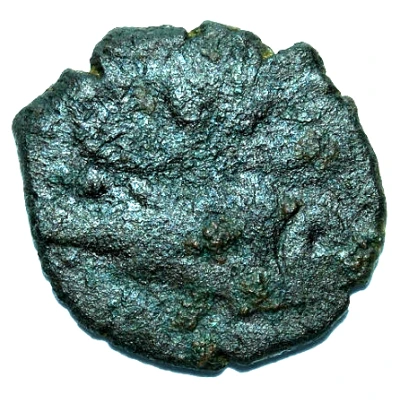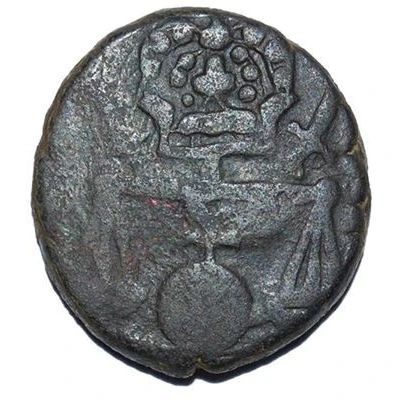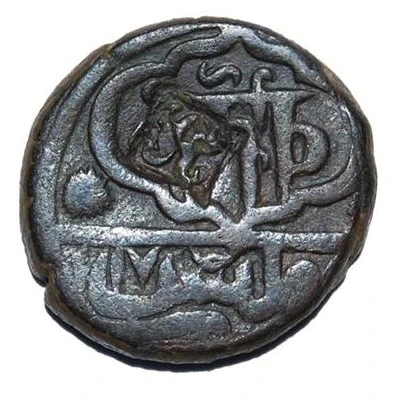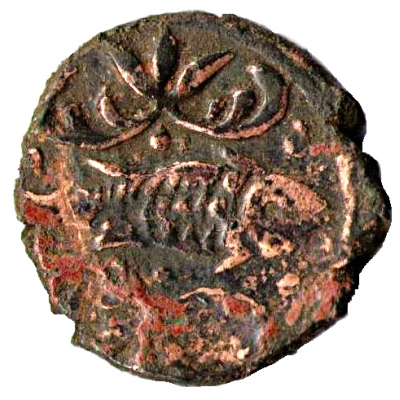
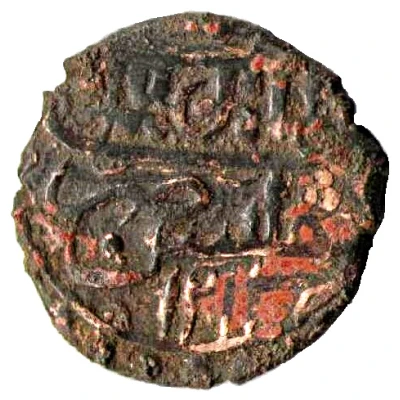

© David Mikeladze
Puli - George XII
1213 (1799) year| Copper | 4.8 g | 19 mm |
| Issuer | Georgia › Kingdom of Kartli-Kakheti (1762-1801) |
|---|---|
| King | George XII (გიორგი XII) (1798-1800) |
| Type | Standard circulation coin |
| Year | 1213 (1799) |
| Calendar | Islamic (Hijri) |
| Value | 1 Puli (1⁄40) |
| Currency | Abazi (-1801) |
| Composition | Copper |
| Weight | 4.8 g |
| Diameter | 19 mm |
| Thickness | 1 mm |
| Shape | Round (irregular) |
| Technique | Hammered |
| Demonetized | 1801 |
| Updated | 2024-10-04 |
| Numista | N#90936 |
|---|---|
| Rarity index | 93% |
Reverse
Name above in Georgian (Asomtavruli alphabet) , mint and date (Persian, Hijri) inside a beaded circle
Scripts: Georgian (Asomtavruli), Persian
Lettering:
ႢႨ ႭႰႢႨ
تفلیس
١٢١٣
Translation:
GIORGI
Tiflis
1213
Edge
Irregular hammered
Interesting fact
The Puli coin featuring George XII of the Kingdom of Kartli-Kakheti is unique because it was minted during a time of political turmoil in Georgia. The kingdom was facing threats from neighboring empires and was struggling to maintain its independence. Despite these challenges, the coin was minted with great care and attention to detail, featuring intricate designs and calligraphy that reflect the rich cultural heritage of Georgia. This coin serves as a testament to the resilience and craftsmanship of the Georgian people during a time of adversity.
